Genetics
-
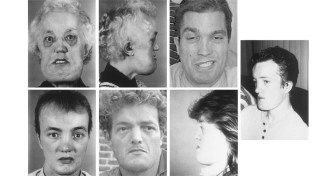 Health & Medicine
Health & MedicineThis rare skull-thickening disease led to a 3-D-printed replacement
A skull implant made with a 3-D printer replaced the 2-inch-thick skull of a Dutch woman with the rare van Buchem disease.
-
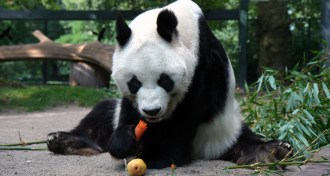 Animals
AnimalsGiant pandas like sweets, but prefer the natural ones
Despite sustaining themselves on bamboo, which isn't very sweet, giant pandas will indulge in a bit of sugar, if they can.
-
 Genetics
GeneticsMice lose a gene to drop some weight
Mice lacking gene have less fat, more muscle and lived longer than normal.
-
 Genetics
GeneticsEarly Polynesians didn’t go to Americas, chicken DNA hints
Contamination of ancient chicken DNA may explain previous report linking Polynesians to South America.
-
 Genetics
GeneticsGiant moa thrived before people reached New Zealand
Humans probably caused the extinction of giant wingless birds called moa in New Zealand, DNA evidence suggests.
-
 Life
LifeProtein linked to motor nerve cells being fast or slow
The protein, Delta-like homolog 1, is made in 30 percent of motor neurons and helps to determine at which speed the cells work, research shows.
-
 Genetics
GeneticsNeanderthal Man
The hottest thing in human evolution studies right now is DNA extracted from hominid fossils. Svante Pääbo, the dean of ancient-gene research, explains in Neandertal Man how it all began when he bought a piece of calf liver at a supermarket in 1981.
By Bruce Bower -
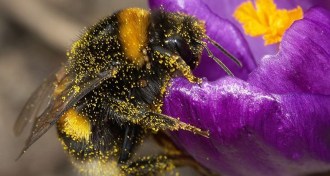 Animals
AnimalsMethylation turns a wannabe bumblebee into a queen
Epigenetic changes to bumblebee DNA turns a worker into a reproductive pseudo-queen, suggesting that genomic imprinting could be responsible for the bumblebee social system.
-
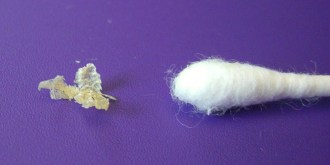 Genetics
GeneticsWhat your earwax says about your ancestry
Both armpit and ear wax secretions are smellier in Caucasians than in Asians, thanks to a tiny genetic change that differs across ethnic groups.
-
 Genetics
GeneticsGenes involved in dog OCD identified
Scientists say they have identified several of the genes that trigger obsessive-compulsive disorder in Doberman pinschers, bullterriers, sheepdogs and German shepherds.
-
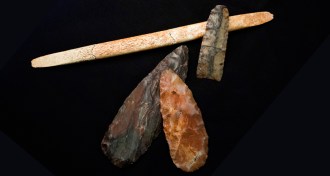 Humans
HumansClovis baby’s genome unveils Native American ancestry
DNA from skeleton shows all tribes come from a single population.
-
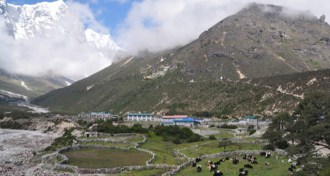 Genetics
GeneticsOrigin of Tibetans’ high-altitude adaptations found
Mixing genes of two ancestral populations gave modern Tibetans their ability to withstand high altitude.